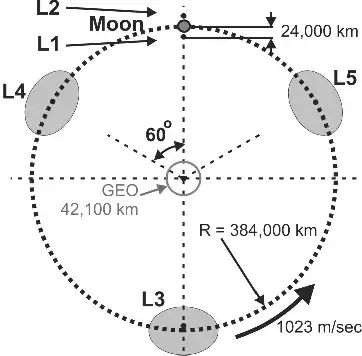As @Thucydides says, beaming energy to the Earth's surface is quite problematic. A way around this is to have a series of Space Elevators, perhaps a minimum of three, each of which has a receiver which is set up to be a target for the moon's energy beam.
The transmitter on the moon is programmed to switch between these: as the moon orbits the earth and the earth rotates, it will periodically shut off the beam, target a different receiver, then reactivate the beam. If there were two transmitters, this could be done without any downtime.
The receivers on the elevator tops convert this energy (transmitted as laser or microwave or whatever) into electricity, use some of it to charge up the batteries which power the elevator operation, and send the excess down cables to the earth. In this way, the moon is powering some Space Elevators and providing energy to the earth's surface.
Since the coordinates of the beam between the moon and the receivers are 100% predictable, it's easy to manage a "no fly zone" around the beam paths, in order that spaceships using the elevators don't get accidentally zapped by the beam.
It could also be managed so that the moon only ever beamed to a elevator top which was angled well away from the Earth, so that if there's some problem and the beam misses the receiver, it won't zap the earth. This might require a larger minimum number of elevators. It might also be a good idea to make the elevator currently getting the beam not be open to elevator traffic, again just in case of accidents.
This image

gives an idea of the relative scales involved, and looking at this you can see that you could get away with just three elevators, to meet the requirement of always being able to beam to one which wasn't in line with the earth.
